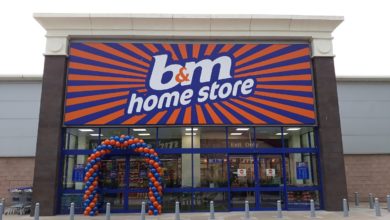Less hands make light work: easing impact financial stress on UK retailers

Almost every person in the UK has been affected by the various economic issues currently plaguing post-pandemic pockets. While discretionary spending is reigned in for the majority, many are forced to re-evaluate even essential purchases.





